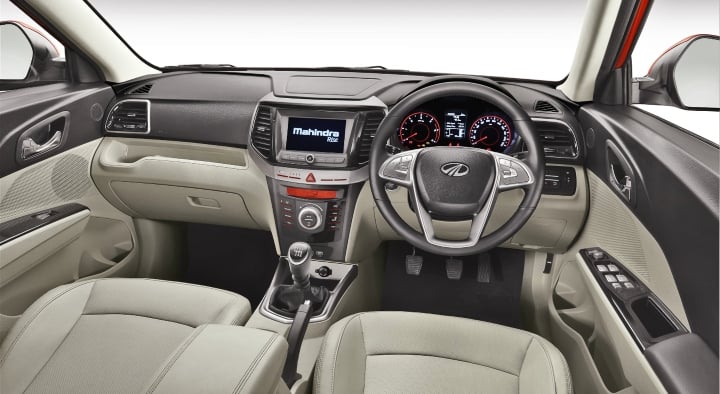Ahead of its launch in February this year, the Mahindra XUV 300 gets tested in a wind tunnel at Pininfarina facilities in Italy.
The Mahindra XUV 300 sub-compact SUV, based on the same platform as the Korean SsangYong Tivoli, will make its official debut in India during the first half of February 2019. Expected to be prices in-between the range of INR 7 lakh to 11 lakh, this new urban utility vehicle will compete against the likes of Maruti Suzuki Vitara Brezza and Tata Nexon.

Entering a segment which already has some well-established players, the Mahindra XUV 300 plans to make its mark with the help of segment first features in its kitty. For instance, it is going to come with features such a dual-zone climate control, 7-airbags, all-four-wheel disk brakes among others.
Also Read: 2020 Mahindra Thar spotted testing yet again – Front and Back Pictures
In addition to this, it will get additional features such as an electronic sunroof, automatic headlamps and rain-sensing wipers, cruise control, leather upholstery among others.
In order to
Also Read: Mahindra Marazzo Price In India, Features, Specifications, Mileage And Other Details
The XUV 300 in addition to sharing its platform with the SsangYong Tivoli, also shares its design cues with the same as well. Though the exteriors have been given a major overhaul in-line with Mahindra design characteristics, the interiors as an exact replica of the Korean SUV.
At the event pertaining to the name announcement of this SUV, Mahindra revealed that it will introduce this vehicle with both petrol as well as diesel engine configuration. The petrol derivative is going to come with a 1.2-litre, turbocharged unit. The diesel engine, on the other hand, will be a 1.5-litre, 4-cylinder unit generating 120 BHP of power along with 350 Nm of peak torque.

Also Read; Mahindra Alturas Prices in India, Engine Specifications, Features, Mileage and Other Details
As standard, this SUV is going to launch in India with a 6-speed manual gearbox. An automatic unit, preferably an AMT gearbox will make its debut at a later stage.


